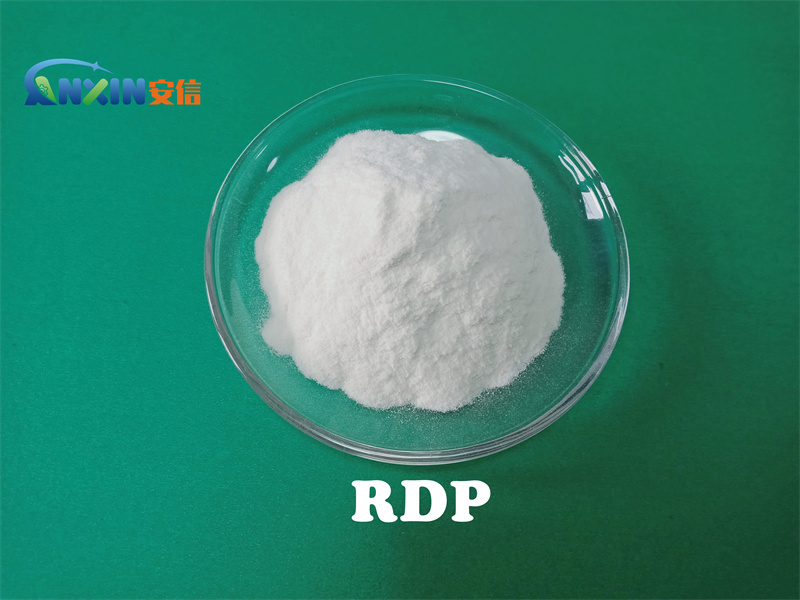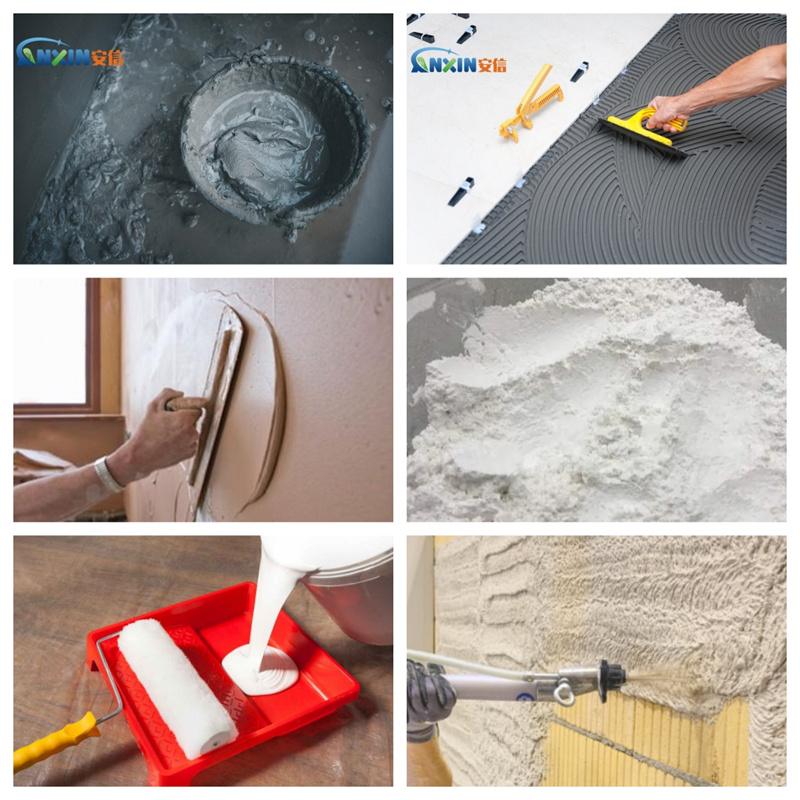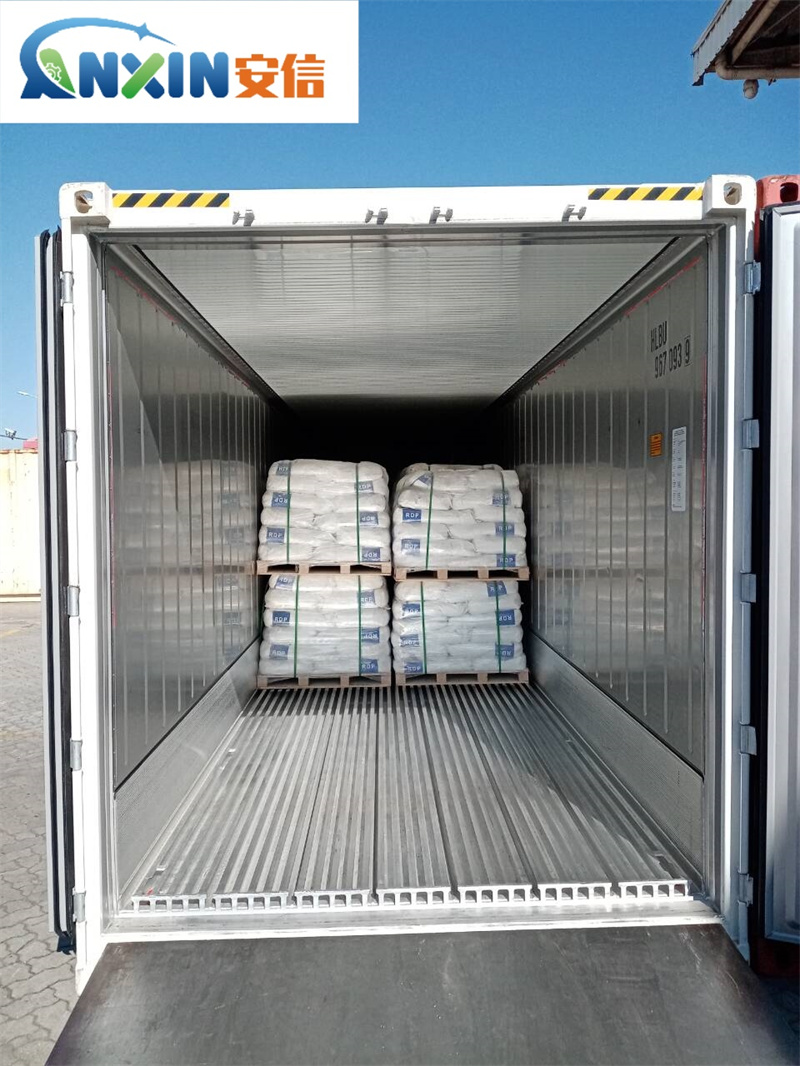Redispersible latex powder (RDP) is a high-performance additive commonly used in building materials, with good adhesion, plasticity, crack resistance, water resistance and wear resistance. It is usually formed into powder form by spray drying or freeze drying latex (mainly acrylic emulsion, ethylene-vinyl acetate copolymer emulsion, etc.). RDP can be redispersed to form liquid latex after water is added, and restore its original properties.

1. Basic properties of RDP
RDP is a polymer-based powder material, which is usually composed of chemical components such as acrylic, ethylene, butadiene, etc. After drying, these polymers exist in powder form and can be re-formed into latex after adding water, restoring their polymer structure in the original emulsion. Specifically, the core component of RDP is latex polymer, which can quickly restore its properties such as adhesion and elasticity through mechanisms such as water redispersion, dissolution and repolymerization.
RDP mainly exhibits the following characteristics:
Redispersibility: RDP powder can be quickly dispersed after mixing with water to form latex and restore the original emulsion properties.
Excellent bonding performance: It can greatly improve the bonding strength of building materials such as concrete, mortar, and tile adhesives.
Improved crack resistance: By improving the plasticity of the material, cracks caused by temperature differences or humidity changes are reduced.
Enhanced water resistance: The material can still maintain good performance in a humid environment and enhance waterproofness.
Improved wear resistance and weather resistance: RDP can effectively increase the service life of building materials in harsh environments.
2. Application areas of RDP
RDP is widely used in building materials, especially in improving the performance of materials and extending the service life of materials. The following are common application areas of RDP:
Mortar and coating: RDP is often used in cement-based mortar to enhance the bonding, crack resistance, wear resistance and water resistance of mortar. Especially in applications such as exterior walls, floors, and tile adhesives, it can effectively improve the performance of mortar and extend its service life.
Adhesives and adhesives: In the fields of tile bonding, woodworking gluing, etc., RDP is an important additive that can improve bonding strength and durability. Especially when the external environment changes greatly, it can effectively prevent shedding and cracking caused by changes in temperature and humidity.
Waterproof materials: RDP is often added to waterproof coatings as a modifier to improve the adhesion and water resistance of the coating, especially in humid environments such as damp or basements.
Powder coatings: RDP can make powder coatings have better operability during application and improve the toughness and impact resistance of the coating.
Dry mortar: Such as building plaster mortar, wall repair mortar, floor leveling mortar, etc., RDP can improve the adhesion, flexibility, and crack resistance of mortar, especially suitable for dry mortar products.

3. Advantages and characteristics of RDP
Improve construction performance: RDP can improve the fluidity, ductility and surface flatness of the mixture, making construction simpler and more efficient, especially in the bonding and repair process with complex processes.
Enhanced material durability: Building materials such as mortar and paint using RDP usually have higher crack resistance, water resistance, wear resistance and aging resistance. These properties enable buildings using these materials to remain stable for a long time in harsher environments.
Save material costs: Compared with traditional latex liquid, RDP powder is more convenient and less expensive in transportation, storage and use. In large-scale construction projects, the use of RDP can effectively reduce logistics costs.
Environmental protection: Since RDP uses environmentally friendly polymer materials in the production process, it not only provides excellent performance, but also reduces the emission of harmful substances, which meets the needs of modern green buildings.
4. Precautions for use
Dispersion: During use, pay attention to evenly add water to ensure that the powder is completely dispersed to avoid affecting its performance.
Storage conditions: RDP should be stored in a dry and ventilated environment, avoid moisture and avoid direct sunlight to maintain its long-term stability.
Mixing ratio: According to different building material requirements, the amount of RDP used needs to be adjusted according to the specific situation. Too much or too little will affect the final effect.
Compared with other additives: When choosing RDP, you should compare it with other similar products to ensure that it has good comprehensive performance and can meet the needs of specific applications.

5. Future development trends
With the increasing demand for high-performance and long-life building materials in the construction industry, RDP, as a key additive to improve the performance of building materials, will have a wider application prospect in the future. In particular, with the popularization of environmental protection and sustainable development concepts, the harmless and low-carbon production process of RDP will become the focus of industry attention. At the same time, with the advancement of science and technology, the preparation process of RDP will be further optimized, and the performance will be more stable, providing better material guarantees for various construction projects.
As a high-performance building material additive, redispersible latex powder is widely used in the construction industry due to its excellent redispersibility, good bonding performance, crack resistance and enhanced durability. As the construction industry continues to increase its requirements for material performance, the application prospects of RDP will be broader and play an important role in green buildings, energy conservation and environmental protection.
Post time: Jan-15-2025